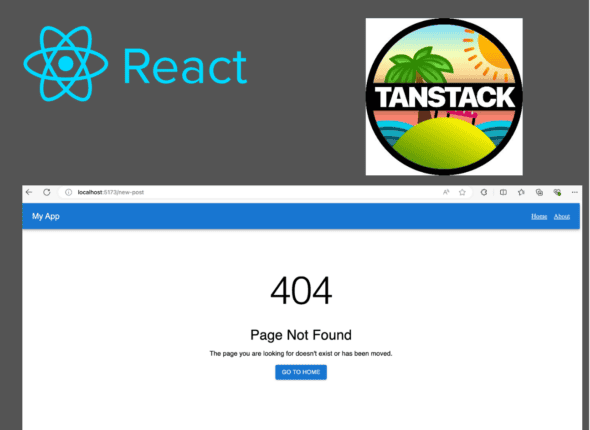Blog
Handling 404 Not Found Pages with TanStack Router in React
If you have an extensive web application that generates dynamic routes, then it would be helpful to show them a…
Setting Up TanStack Router in React 18.3
If you are a beginner in the React library and want to create a Single-Page Application, then your first choice…
Prefetching and Pruning with TanStack Query in React
Introduction Paint this: You created a web application where you must navigate to different pages, and each page fetches some…
Filtering and Sorting Data with TanStack Query in React
The TanStack library (formerly known as React Query) was built to efficiently manage server state and cache. It provides an…
Working with Multiple Queries in React.js using TanStack Query
Introduction Working with multiple queries using TanStack Query has many advantages, including parallel data fetching, optimized performance, prefetching and background…
Customizing Query Behaviors with TanStack Query in React.js
TanStack Query, formerly known as React Query, is a robust data-fetching library for React applications. It simplifies data fetching, state…
Integrating TanStack Query with TanStack Router for Navigation in React
TanStack Query (formerly known as React Query) is used to fetch, cache, and synchronize server state in React applications. TanStack…
React Suspense with TanStack Query: Efficiently Manage Error and Loading States
Handling errors and loading state in Tanstack Query(React Query) can be difficult, and while managing that, your code becomes ugly…
Handling Loading and Error States with TanStack Query in React 18
Introduction When you are working with TanStack Query (formerly known as React Query), you need to use the useQuery hook.…
How to Set Up TanStack Query in React.js Projects
TanStack Query, formerly known as React Query, is a robust data-fetching and state-management library for React projects. It provides tools…











